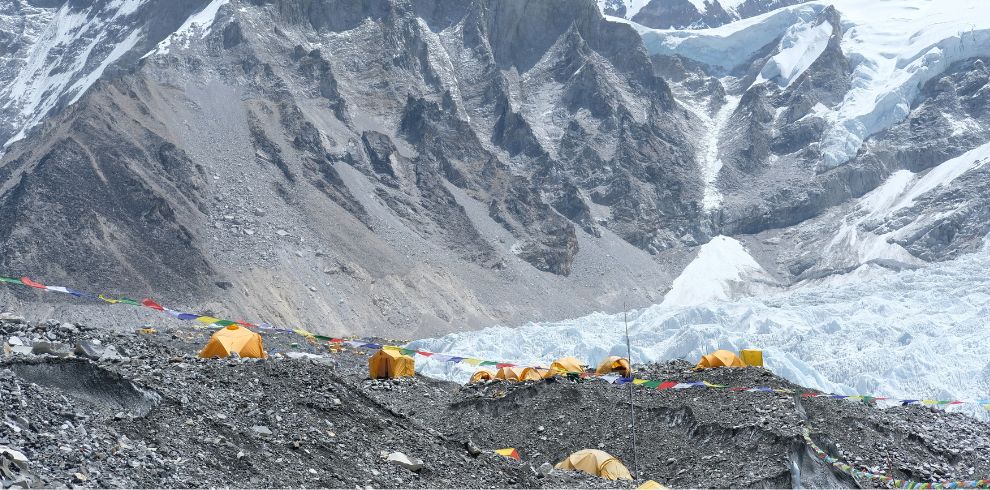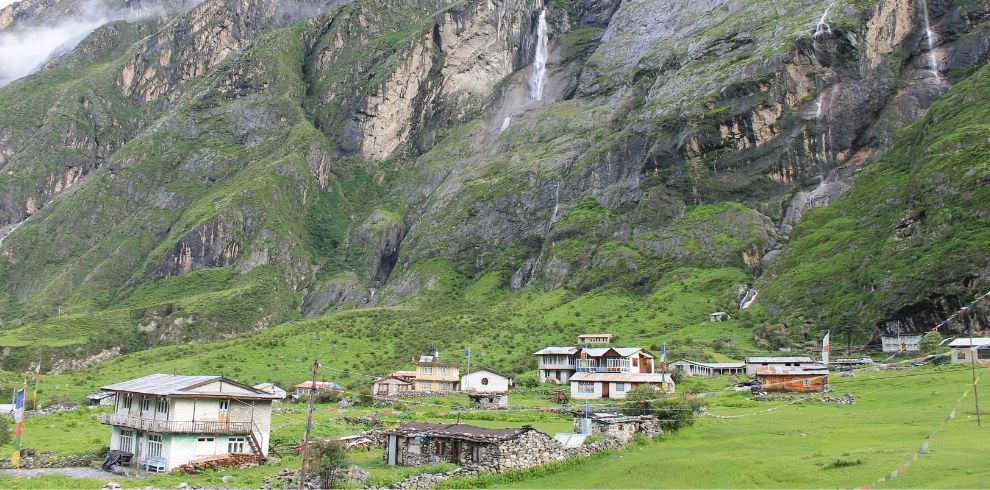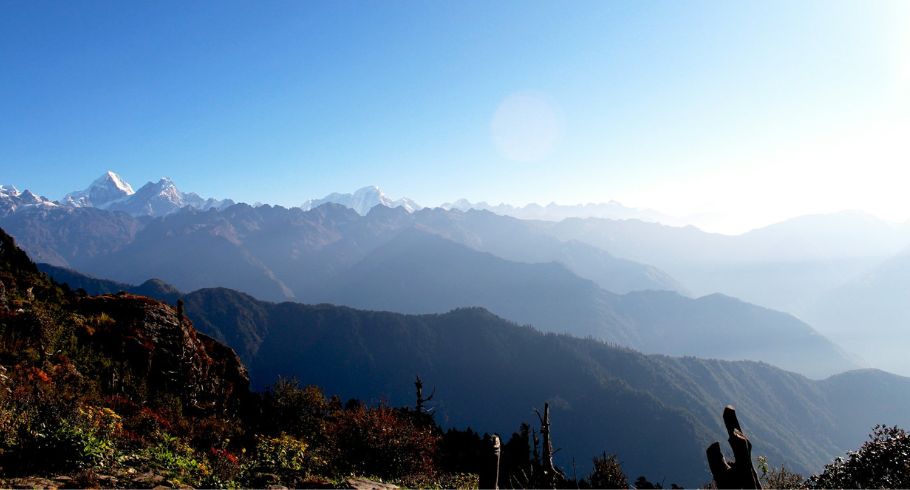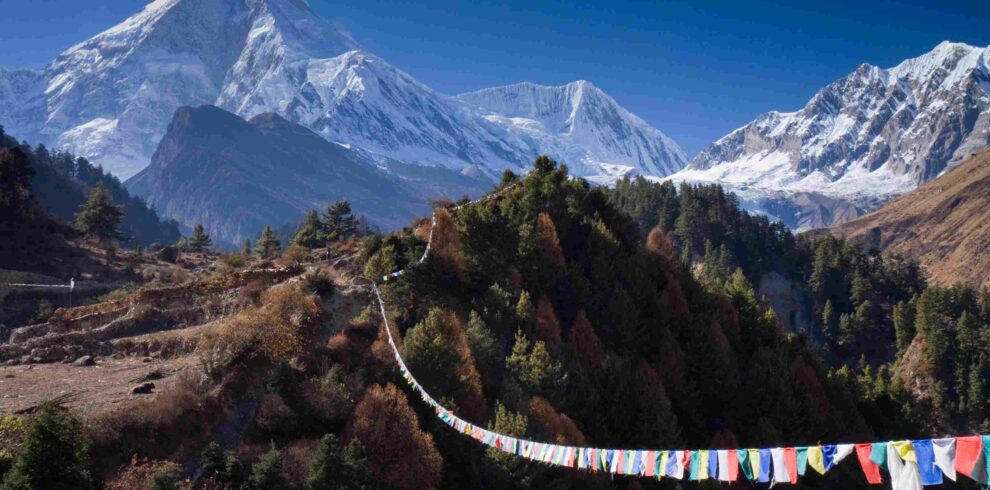Overview
The Everest Base Camp Trek stands as one of the world’s most legendary adventures, offering trekkers an incredible blend of natural beauty, cultural richness, and personal challenge. This iconic journey through the heart of the Himalayas is more than just a hike; it’s an experience that leaves an indelible mark on everyone who undertakes it.
Setting Off: Lukla to Namche Bazaar
The adventure kicks off with an exhilarating flight from Kathmandu to Lukla. Known for its dramatic approach, the flight alone is an unforgettable experience, offering stunning views of the Himalayan peaks. As the small plane lands on Lukla’s narrow runway, trekkers step into the fresh mountain air, their excitement palpable.
From Lukla, the trail descends towards the Dudh Kosi River, crossing suspension bridges adorned with colorful prayer flags. The first night is usually spent in the village of Phakding, a modest stopover that helps trekkers acclimate to the altitude. The next day’s trek to Namche Bazaar is challenging, featuring steep inclines that test one’s endurance. Namche Bazaar, situated at 3,440 meters (11,286 feet), is the bustling heart of the Khumbu region. This vibrant town is a key acclimatization stop, offering a mix of traditional markets, cozy bakeries, and stunning mountain vistas.
Acclimatization and Exploration in Namche Bazaar
Acclimatization is essential to tackle the high altitudes of the Everest Base Camp Trek. Spending an extra day in Namche Bazaar helps trekkers adjust to the thinner air. During this acclimatization day, many trekkers hike up to the Everest View Hotel, where they are rewarded with their first view of Everest, along with other majestic peaks like Lhotse and Ama Dablam.
Namche Bazaar also offers a chance to dive into the local Sherpa culture. The Sherpas are renowned for their mountaineering prowess and warm hospitality. Visiting the Sherpa Museum or the local monastery provides insights into their traditions, history, and their crucial role in the region’s climbing expeditions.
Through the Khumbu Region
Leaving Namche Bazaar, the trail winds through pine forests and alongside the Imja Khola River, leading to picturesque villages such as Tengboche, Dingboche, and Lobuche. Each village offers its own unique charm and a glimpse into the life of the local people.
Tengboche, at 3,860 meters (12,664 feet), is home to the region’s largest monastery. Set against the backdrop of Ama Dablam, the Tengboche Monastery offers spiritual respite and a chance to observe monks in prayer, adding a meditative dimension to the trek.
Dingboche, situated at 4,410 meters (14,469 feet), provides another crucial acclimatization stop. Surrounded by fields protected by stone walls, this village offers a tranquil setting for trekkers to rest and prepare for higher altitudes. Popular acclimatization hikes from Dingboche include trips to Nagarjun Hill or Chukhung Ri, both of which offer panoramic views of the Himalayas.
The Final Ascent: Lobuche to Everest Base Camp
As the trek progresses, the landscape becomes more rugged and barren. The air grows thinner, making each step a bit more challenging. From Dingboche, the trail leads to Lobuche at 4,940 meters (16,207 feet), and then to Gorak Shep, the last settlement before Everest Base Camp.
Gorak Shep, at 5,164 meters (16,942 feet), serves as the launch point for the final push to Everest Base Camp. The trek to the base camp itself is a test of endurance and determination. Upon reaching Everest Base Camp, trekkers are rewarded with stunning views of the Khumbu Icefall and the towering peaks surrounding them. Standing at 5,364 meters (17,598 feet), the sense of achievement and awe is overwhelming.
Kala Patthar: The Ultimate Viewpoint
For many, the highlight of the trek is the hike to Kala Patthar. This vantage point, at 5,545 meters (18,192 feet), offers unparalleled views of Mount Everest and its neighboring peaks. Setting out early in the morning to catch the sunrise over Everest is a truly magical experience. The sight of the sun illuminating the snow-capped peaks in golden hues is unforgettable.
The Return Journey
The trek back to Lukla follows the same route, but the experience is different as trekkers reflect on their journey. The descent is quicker, allowing for more relaxed exploration of villages and interaction with locals. The return journey is a time to celebrate the accomplishment, share stories with fellow trekkers, and enjoy the hospitality of the Sherpa people.
Preparing for the Trek
The Everest Base Camp Trek is demanding, requiring good physical fitness and mental resilience. Trekkers should be prepared for long days of hiking, steep ascents and descents, and the challenges posed by high altitude. Training that includes cardiovascular exercises, strength training, and hiking practice is essential.
Respecting Culture and Environment
Respect for the local culture and environment is paramount. Trekkers are encouraged to adopt sustainable practices, such as using reusable water bottles, avoiding single-use plastics, and respecting local customs and traditions. The Khumbu region is not only a natural wonder but also home to the Sherpa community, whose way of life is deeply connected to the mountains.
Conclusion
The Everest Base Camp Trek is more than just a trek; it’s a journey of discovery and transformation. It offers trekkers the chance to witness the unparalleled beauty of the Himalayas, experience the warmth and resilience of the Sherpa people, and stand at the foot of the world’s highest peak. For those who embark on this epic adventure, the memories and sense of achievement will last a lifetime, making it one of the most rewarding experiences on Earth.
Highlights
- Thrilling Flight to Lukla: Start with an exhilarating flight offering stunning Himalayan views.
Itinerary
Cost Includes
Services Includes
- - Domestic flight tickets (Kathmandu – Lukla – Kathmandu) and airport departure taxes
- - Total 11 nights:
- - Five nights in Lukla, Phakding, and Namche (3 nights), with rooms featuring private attached bathrooms
- - Six nights in standard rooms at Tengboche, Lobuche, Dingboche (2 nights), Gorak Shep, and Pheriche
- - All standard meals (12 lunches, 11 dinners, and 12 breakfasts) during the trek
- - Government-licensed English-speaking trek leader. For groups with more than 12 trekkers, an additional assistant guide will be provided
- - Porter to assist with trekkers' luggage (two trekkers share one porter, max weight limit 18 kg—9 kg per trekker). Non-essential items can be stored at your hotel or at the Mountmandu Leisure Inc store
- - Covers guides' and porters' wages, meals, insurance, lodging, transportation, flight, and other necessary equipment
- - Water purification tablets for safe drinking water
- - Sagarmatha National Park entry permit fee
- - Khumbu Pasang Lhamu Rural Municipality fees
- - Snacks (cookies) and seasonal fresh fruits every day
- - All government, local taxes, and official expenses
- - Assistance in arranging rescue operations in case of complicated health conditions (funded by travel insurance)
- - Souvenirs: company’s T-shirt and cap
- - Mountmandu Leisure Inc's Appreciation Certificate after the successful trek
- - Farewell dinner at the end of the trek
Services Excludes
- - Nepal entry visa fee upon arrival at Tribhuvan International Airport (30 days - $50)
- - Charges for excess baggage (trekking limit is 9 kg per person)
- - Accommodation and meals in Kathmandu before and after the trek
- - Additional night stays in Kathmandu due to early arrival, late departure, or early return from the trek
- - Personal expenses (shopping, snacks, bottled water, hot and cold drinks, hot showers, alcohol, Wi-Fi, phone calls, battery recharges, extra porters, etc.)
- - Personal clothing and gear
- - Travel insurance covering emergency high-altitude rescue and evacuation (mandatory)
- - Tips for guides and porters (recommended)
- - Extra costs due to unforeseen circumstances, such as landslides, weather conditions, itinerary changes for safety, illness, government policy changes, strikes, etc.
- - Any other expenses not listed under "What is included in my 14 Days EBC tour package"
FAQs
MAM, SON




